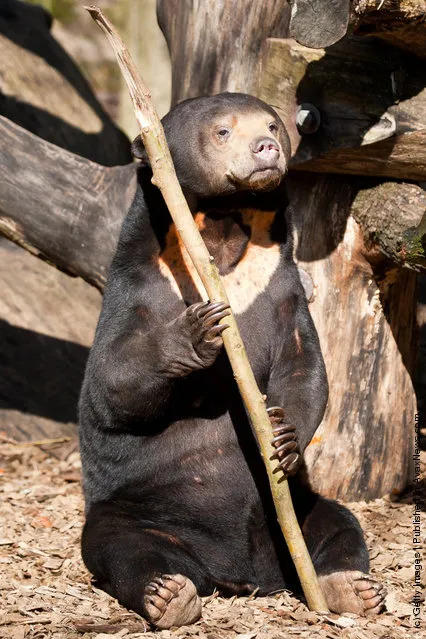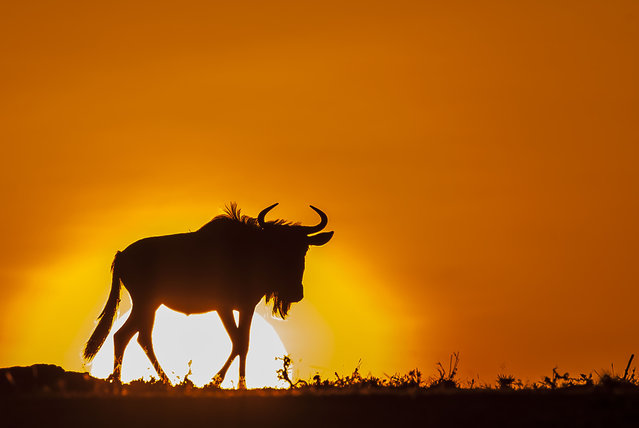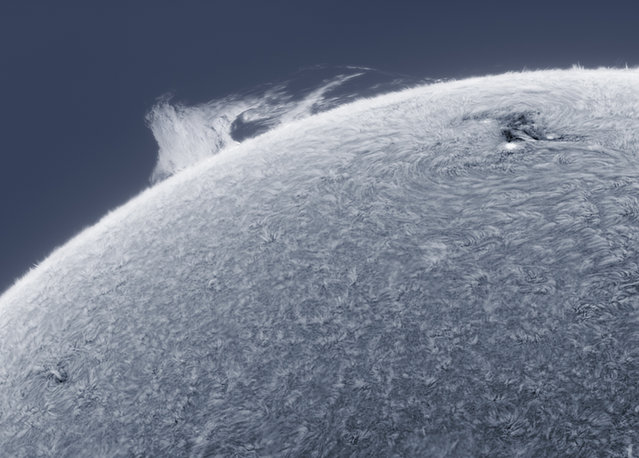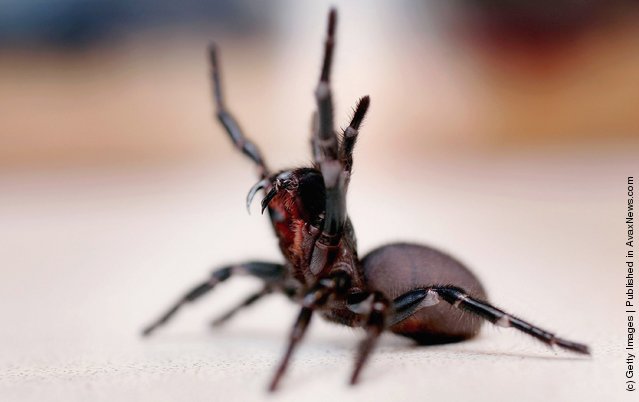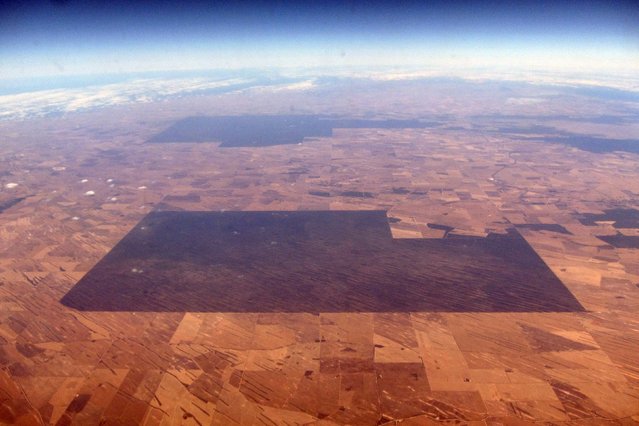
A woman wiper her eyes as she waits to pay her respects before the statues of late North Korean leaders Kim Il Sung and Kim Jong Il, as part of celebrations marking the anniversary of the birth of Kim Il Sung, known as the “Day of the Sun”, on Mansu hill in Pyongyang on April 15, 2019. (Photo by Ed Jones/AFP Photo)
17 Apr 2019 00:03:00,post received
0 comments


